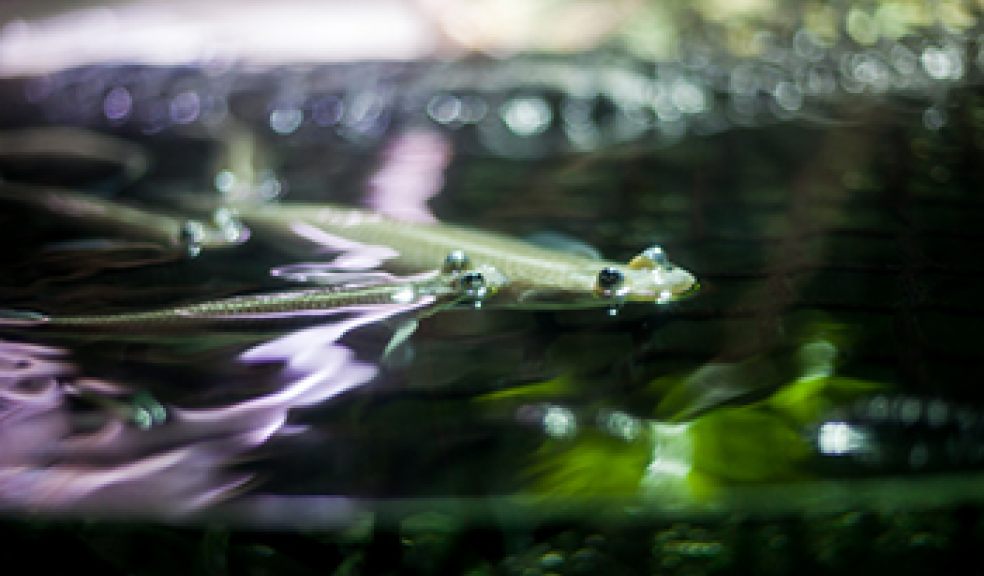
Rock and roll flirting is a fishy first
Fish at Living Coasts in Torquay have been observed performing a mating behaviour that zookeepers think has never before been recorded. Animal experts filmed female four-eyed fish (Anableps anableps) rocking from side-to-side; this appeared to attract the male to come and mate.
Sharp-eyed aquarists Tom Fielding and Sam Worthington noted and eventually videoed the curious behaviour. Clare Rugg, curator of the Devon coastal zoo, has a theory: “One possibility is that the movement of the female fish is releasing pheromones into the water to signal that she is ready for mating. She maximises the spread of the pheromones by swaying her body from side to side so that the chemical signal is carried further on the ripples of water. We see her doing the rocking and after a while the males start to approach – perhaps once they have sensed the pheromones in the water.”
The behaviour has been observed several times by staff, who now hope that research can be carried out into the phenomenon. Living Coasts is home to some 38 four-eyed fish; the coastal zoo, part of the Whitley Wildlife Conservation Trust, is one of just a handful of zoos across Europe to keep them.
Even before these tales of unusual mating behaviour, this South American fish had laid claim to being arguably the most unusual species in the world. While they don’t have four eyes, they do have eyes that are partially divided, so they can see above and below the water.
In addition, they mate side-by-side – and, strangely, both the male sex organ (gonopodium) and the female's genital opening (foricula) turn only to the left or the right, meaning a left-leaning male can only mate successfully with a right-sided female. No one knows why, or frankly can see an evolutionary advantage, as it appears to halve the chances of finding a compatible mate.

















